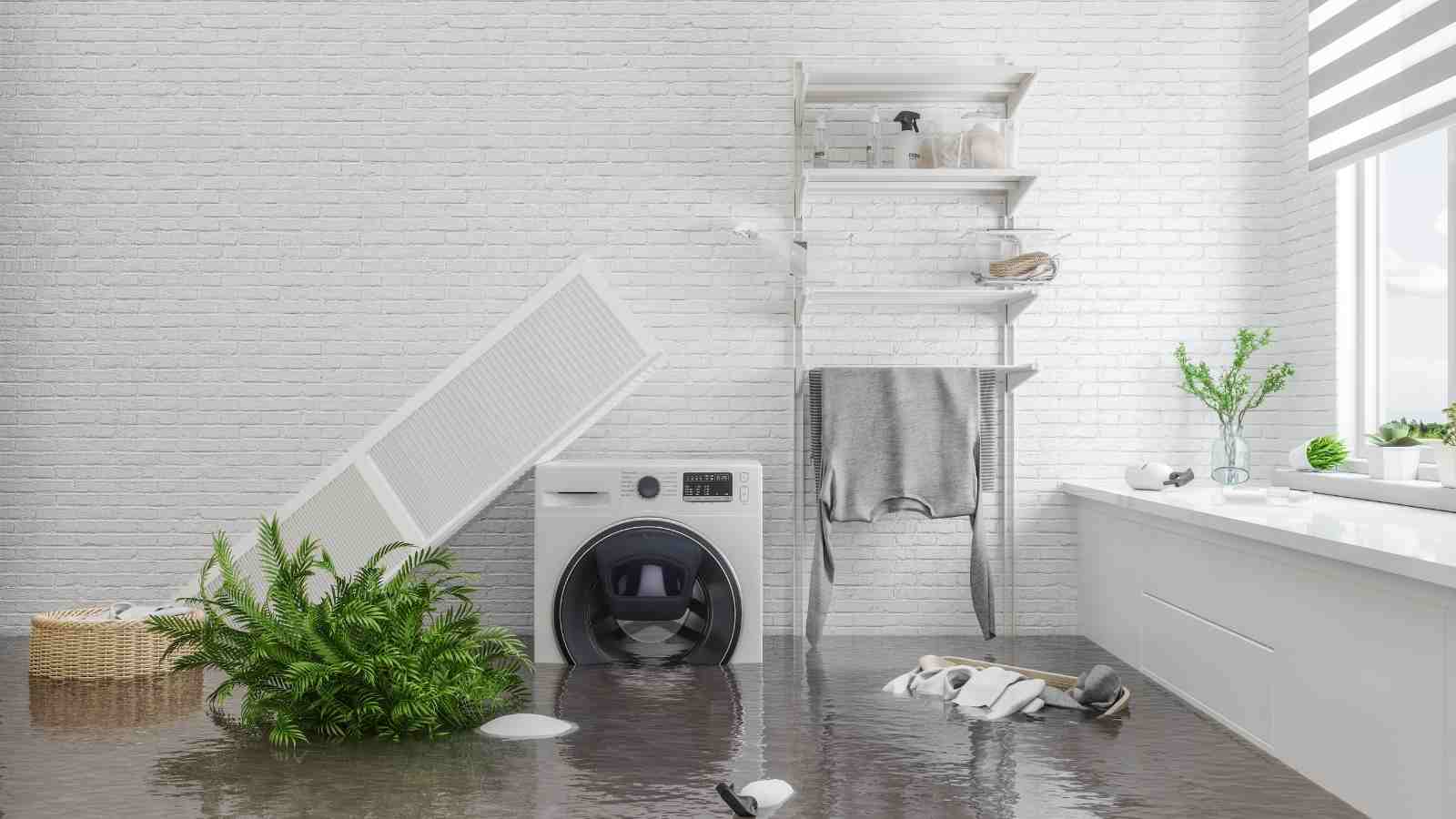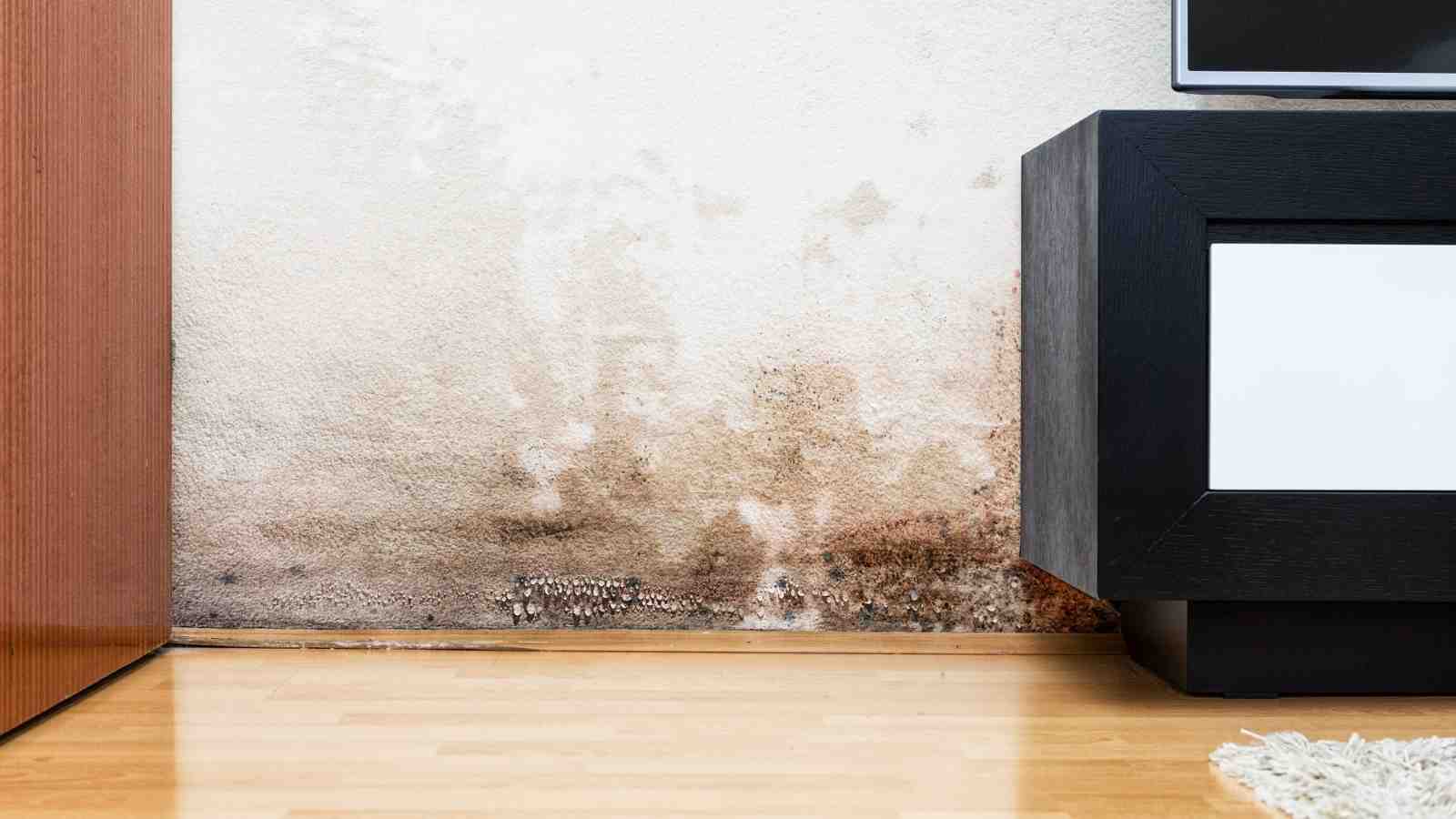Untreated water damage can lead to severe property damage and other health hazards. It is always better to treat water damage in the beginning stages before it gets worse and leads to irreversible damage or loss.
Before the professionals arrive at the scene, there are some simple steps you can take to control the damage and save your valuables.

Given below are the immediate steps you should take after water damage.
1. Start The Drying Process
If water is allowed to accumulate for a long time, it will lead to the growth of mould and mildew. Mould can not only damage your property but also lead to allergic reactions like wheezing, itchiness and other respiratory problems.
Here are a few ways you can dry out your home after water damage,
- Open all your doors and windows to let the fresh air come in.
- Use blowers and fans to speed up the drying process. If you have an air conditioner, turn it on to remove humidity.
- If you see any minor signs of mould, remove them immediately before it gets worse. You can use hot water and borax for this. In severe cases of mould, it is best you leave the cleaning to a professional water restoration company.
2. Try To Salvage What You Can
If you act immediately you can save most of your valuables and items before they are too damaged to be restored. Make sure you wear appropriate safety gear like gloves and boots while dealing with wet and soaked items.
- Unless you are able to turn the electricity off, stay away from wet electric appliances.
- Remove all the carpets and rugs and leave them out to dry. If you are unable to move heavy furniture, place foil or wooden blocks under their legs to prevent staining and contact with the floor.
- Use mops, napkins and cloth pieces to soak up excess water. You can also use a wet vacuum if you have one.
- Seal items like books, albums, important documents and pictures in zip lock bags or other waterproof bags.
- Leave all your clothing and other items like pillows and bed sheets to dry out in the sun.
3. Notify Your Insurance Company
You should contact your insurance company as soon as it is safe to do so. If you wait too long, the company will underestimate the damages and you will not receive the full amount you are entitled to.
Have your claims adjuster come to your property and assess the damage. You have a better chance of receiving a good value for your claim if you have evidence of all the damages.
Keeping safety precautions in mind, take pictures of damaged areas including affected ceilings, damaged floors, electronic equipment and other property damage.
4. Shut Off The Concerned Water Source
Try and find out where the water is coming from so you can take appropriate measures to shut off the source. If it is something minor like a leaking tap, you can simply turn it off.
However in majority of water damage cases we see some of the following problems:
- Leaking pipes – Leaking or broken pipes can lead to water damage which is manifested by wet spots or stains on the ceilings, musty odour or appearance of mould. You should shut off the main water supply if you suspect a leaking pipe.
- Blocked drains – If your drains are clogged or blocked, it can lead to backup and cause water damage. Call the professionals immediately in case of drain flooding.
- Other common causes of water damage include washing machine supply line leaks, clogged gutters and condensation from air conditioners.
5. Call A Professional Water Restoration Company
You should never fail to call the professionals as soon as you suspect water damage.
They will be equipped with the proper equipment and tools like high capacity pumps, moisture detectors and water extraction vacuums to restore your home as much as possible. They will also detect hidden damages which can severely affect your property if left undetected.
Conclusion
Never try to practice water restoration in dangerous areas which require special equipment and safety gear. Those areas are meant to be left to the professionals who are trained to deal with such situations. Stick to the basic procedures you can do to minimize the damage.

